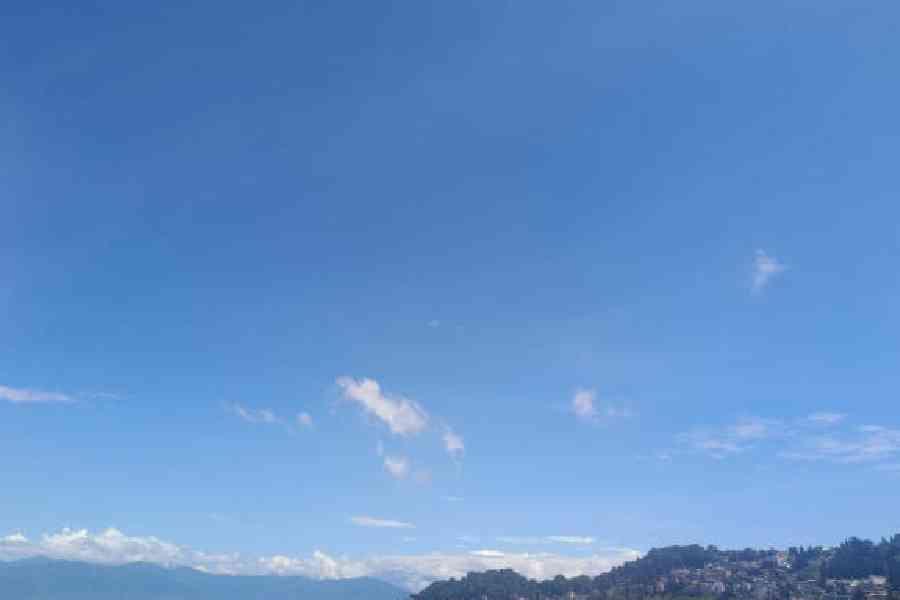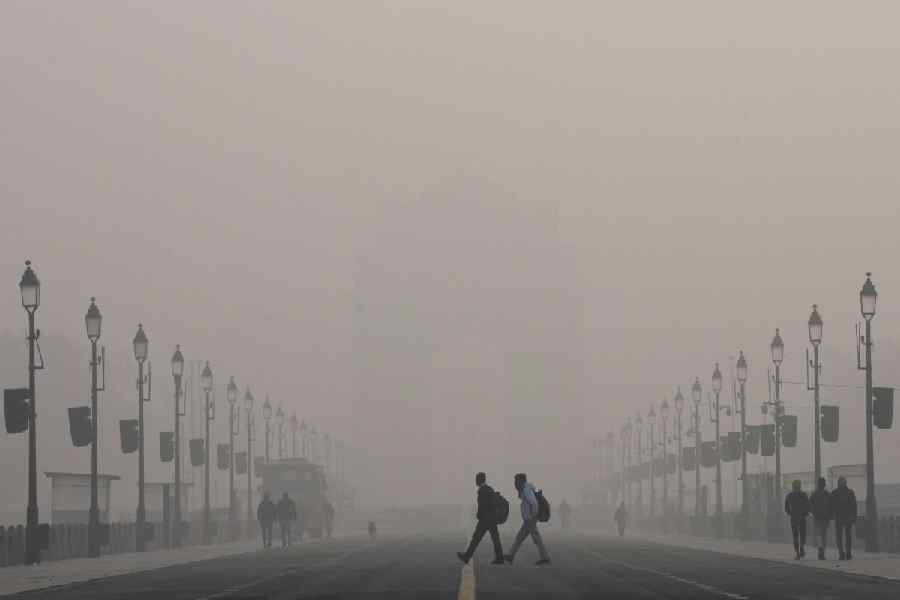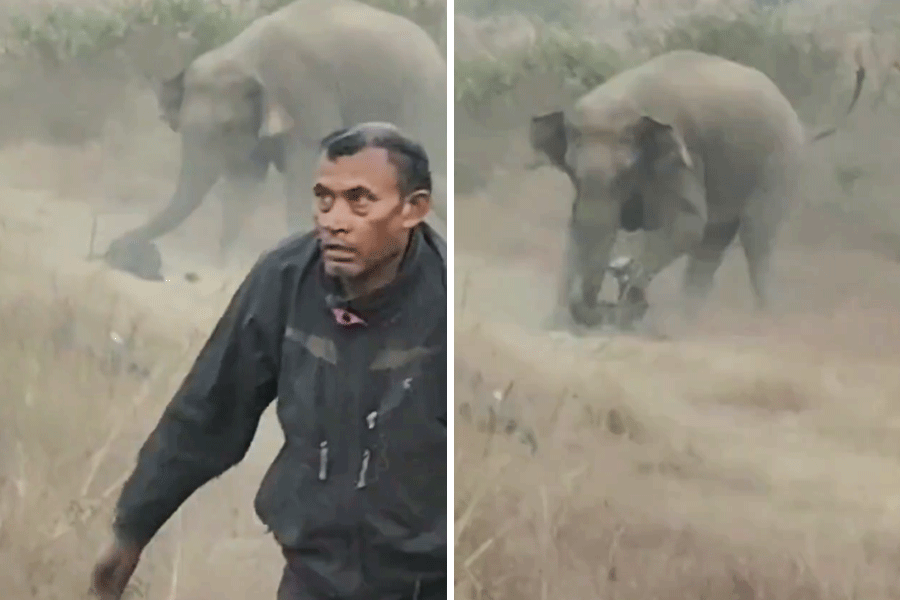The number of rainy and foggy days has decreased in Darjeeling, with the hill town recording a rainfall deficit of 51 per cent till now in July.
Rajesh Pandey, a middle-aged lawyer practising at the Darjeeling district court, used to look forward to a “sunshine holiday” during monsoons while studying at Mount Hermon school during the 1980s.
“Monsoon in Darjeeling meant days of continuous drizzle, rain and when the skies opened up after a long period of moist weather, the school used to declare a sunshine holiday,” said Pandey.
This unique tradition is practised by two schools in Darjeeling, Mount Hermon, which was set up in 1895, and St Joseph’s School (North Point), established in 1888.
Old timers recollect that the holiday, which would be announced all of a sudden during the morning assembly, would go a long way to “energise the soul”.
Retired teachers of the two schools said the practice had been started to allow the boarders to dry out their mattresses and clothes in the sun to get rid of the mustiness common in the monsoon.
“The holiday was announced during the assembly. Those who could not go back home stayed on the campus and engaged themselves in outdoor activities. Anything but studies,” said a former teacher.
The sunshine holiday, however, was declared only once a year.
On Thursday morning, the Darjeeling sky was cloudless but none hoped for a sunshine holiday as the monsoon had been unusually dry in the hills this year.
The India Meteorological Department (IMD) data suggests that Darjeeling has recorded a rainfall deficit of 51 per cent this month.
Against a normal rainfall of 687.1mm in the first 23 days of July, Darjeeling has only received 335.8mm of rainfall during the same period this year.
Weather experts say the continuous low-pressure buildup in the Bay of Bengal was shifting the monsoon trough.
“If the monsoon trough shifts to the south from its normal position, we get less rain, and if it moves north of its normal position, we get more rain,” said G.N. Raha, the senior scientist of the IMD in Gangtok.
The monsoon trough is an extended area of low pressure that develops over northern India right up to the Bay of Bengal during monsoons.
Tilottama Chatterjee, a tourist from Calcutta who is a frequent visitor to Darjeeling, said: “Monsoon has its own charm with mist and fog, but we missed it during our short trip this year.”
With little rain, the weather station of St Paul’s School in Darjeeling recorded Thursday’s maximum temperature of 25 degrees Celsius at 9.01am.
Tashi Pencho, a hotelier in Darjeeling, said: “Such a dry weather during this month is unprecedented.”
The visible change in the climate pattern is affecting the tea industry, the mainstay of the economy in the hills.
Rupesh Pradhan, the director of Mayuk Tea, which deals exclusively with Darjeeling Tea, maintained that the production date was being pushed further.
“Around five years ago, we used to start receiving the first flush by February end, but now, the first flush arrivals are sometimes as late as March end,” said Pradhan.
Data released by the Tea Board of India suggests that Darjeeling produced only 5.6 million kg of made tea in 2024. This is also the first time that the industry has produced less than six million kg of made tea.
The highest-ever yearly production was 14 million kg in the 70s and the 80s.
The decline in the tea production is partly blamed on changes in weather patterns, apart from other issues like high absenteeism among workers, old bushes, conversion of plantations into organic gardens, decline in plantation area and lack of investment by planters.











